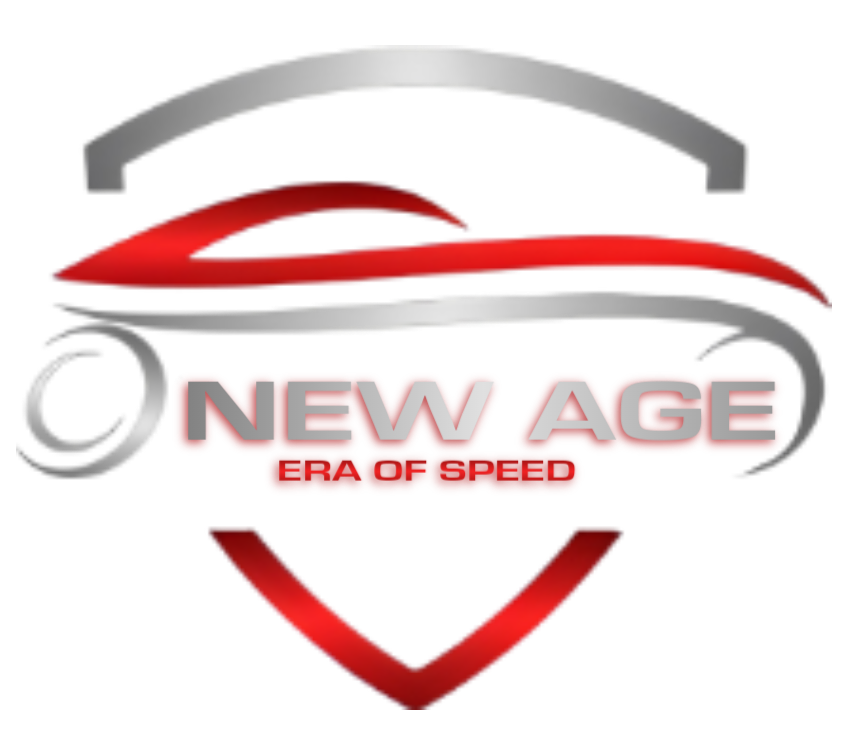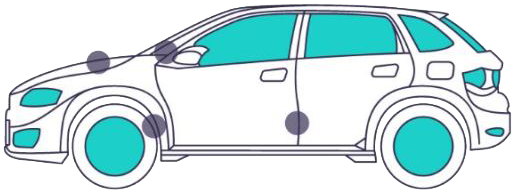In this second part of the two-part series on how to import used Japanese cars from Japan to Trinidad and Tobago, we will explore the clearing process of your car from the ports of Port of Spain or Point Lisas. In this stage of the importation process, the exporter is not involved at all. You will be coordinating with your broker and the Customs and Excise Division.
First off, let’s check again the factors that can affect your imported car:
- Age – referring to the year your car was manufactured, the car’s age will decide if you can bring it in to your country
- Engine capacity(cc) – all types of vehicles can be grouped according to their cc, and in Trinidad your car’s cc is a big factor in how much you owe the Customs for import duties and fees.
- Driver’s side – all vehicles should be right hand drive.
Documents for the clearing process:
The entire clearing process cannot be done without a licensed clearing agent or customs broker. To avoid delays in the process, your broker will need several documents from you while clearing the car.
Required Documents
Import license
You will need:
- at least two of any of these :
Driver’s Permit, National ID, Passport, e-birth certificate - ttconnect ID (how to register for ttconnect ID: click here
Customs Declaration Form (C82)
*Only online
Bill of Lading
This is a legal document issued by the shipping company or their agent to your exporter. This document details the type and destination of the vehicle being carried. It also states that your vehicle has been loaded into a vessel. After having received your payment, your exporter will mail this document to you. You will need it to do the clearing process.
CARICOM Area Invoice (if available)
CARICOM area is a free trade zone comprised of countries and member states of the Caribbean and some south American countries. Members’ goods and services are allowed to move freely within the area without being subjected to import duties, license restrictions quotas or other barriers, and the opposite is true of non-CARICOM member country like Japan. Multiple copies of this invoice must be prepared for you by the exporter of your car.
(Commercial) Invoice
A commercial invoice is required by customs to determine the true value of your imported vehicle. It is issued by your exporter.
Deregistration Certificate
A deregistration certificate is a legal document confirming that the car’s owner has willingly released ownership and that it is being legally exported from Japan. This document is issued by the Japanese government.
Original passport (or Driver’s Permit, National ID)
Must be a photo ID
Driver’s permit
(if you are planning to drive your car from port)
Engine Capacity
MVT (personal import)
MVT (business import)
Ad Valorem rate
Import Duty
VAT (CIF + MVT + Import duty)
Up to 1599 cc
3.75$/cc
5.00$/cc
75% of MVT
37.50% of CNF/CIF
12.5%
1600 cc – 1799 cc
6.00$/cc
8.00$/cc
75% of MVT
52.50% of CNF/CIF
12.5%
1800 cc – 1999 cc
11.25$/cc
15.00$/cc
75% of MVT
52.50% of CNF/CIF
12.5%
2000 cc – 2499 cc
28.12$/cc
37.50$/cc
75% of MVT
60% of CNF/CIF
12.5%
2500 cc – 2999 cc
33.75$/cc
45.00$/cc
75% of MVT
60% of CNF/CIF
12.5%
3000 cc – 3499 cc
39.375$/cc
52.50$/cc
75% of MVT
67.5% of CNF/CIF
12.5%
3500 cc – above
56.25$/cc
75.00$/cc
75% of MVT
67.5% of CNF/CIF
12.5%
*Details source from http://www.customs.gov.tt, current as of June 10, 2019. *
On Import Duties and Taxes – here is a basic list of import fees that are required of all vehicles being brought into Trinidad and Tobago:
- Motor Vehicle Tax – all vehicles imported into Trinidad and Tobago is charged MVT based on engine capacity -** Import duty** – value depends on your car’s engine capacity and fuel type. All hybrid and CNG-fueled cars up to 1599 cc are exempt from import duty
- Ad valorem rate – all importers are required to pay 75% of their vehicles’ MVT value
- Value Added Tax – all imported cars are subject to 12.5% VAT
*Import duties change often. These information are very specific to the import/export sector that details and updates are not readily available. However, your clearing/forwarding agent should know the latest information and can give you a proper breakdown. *
Fuel Type
Age limit
Gasoline
4 years
Diesel
4 years
Hybrid
4 years
Your broker will be able to give you a complete breakdown of all fees you have to shoulder to complete the clearing process of your car. You should also ask for the actual computation since the rates can change anytime. Other conditions can also change at any moment, so treat these information as a guide instead of a manifesto. 1. If you’re buying as an individual (not as a dealer), you are only allowed to bring in one motor vehicle every three years. 2. After clearing your car from customs, you still need to register your car and get the necessary license and plates to be able to drive it. 3. Only hybrid and CNG-fueled cars under 1499 cc have tax breaks.
Process of Importation
Steps
Documents
1. Prepare US$. Most car exporters only accept dollars or yen.
2. Find an experienced and reliable clearing agent.
3. After receiving your documents from the car exporter in Japan, apply for the import license (online only).
ttconect ID, personal IDs,
4. When the car has arrived at the port, start the clearing process through your agent. All documents from exporter, importer’s license, your IDs
All documents from exporter, importer’s license, your IDs
**Remember that if you want to drive your car home, the registration process is different and may take time. It will involve registration and application for license plates. You’ll have to provide a different set of documents and pay separate set of fees. *
Treat this article only as a soft guide on how to import cars. It cannot be stressed enough that processes and fees change without notice. Always do your research first. However, also think of this process as proof that it isn’t impossible to import a car by yourself, even from as far away as Japan and that your options in car buying has just increased by one.



